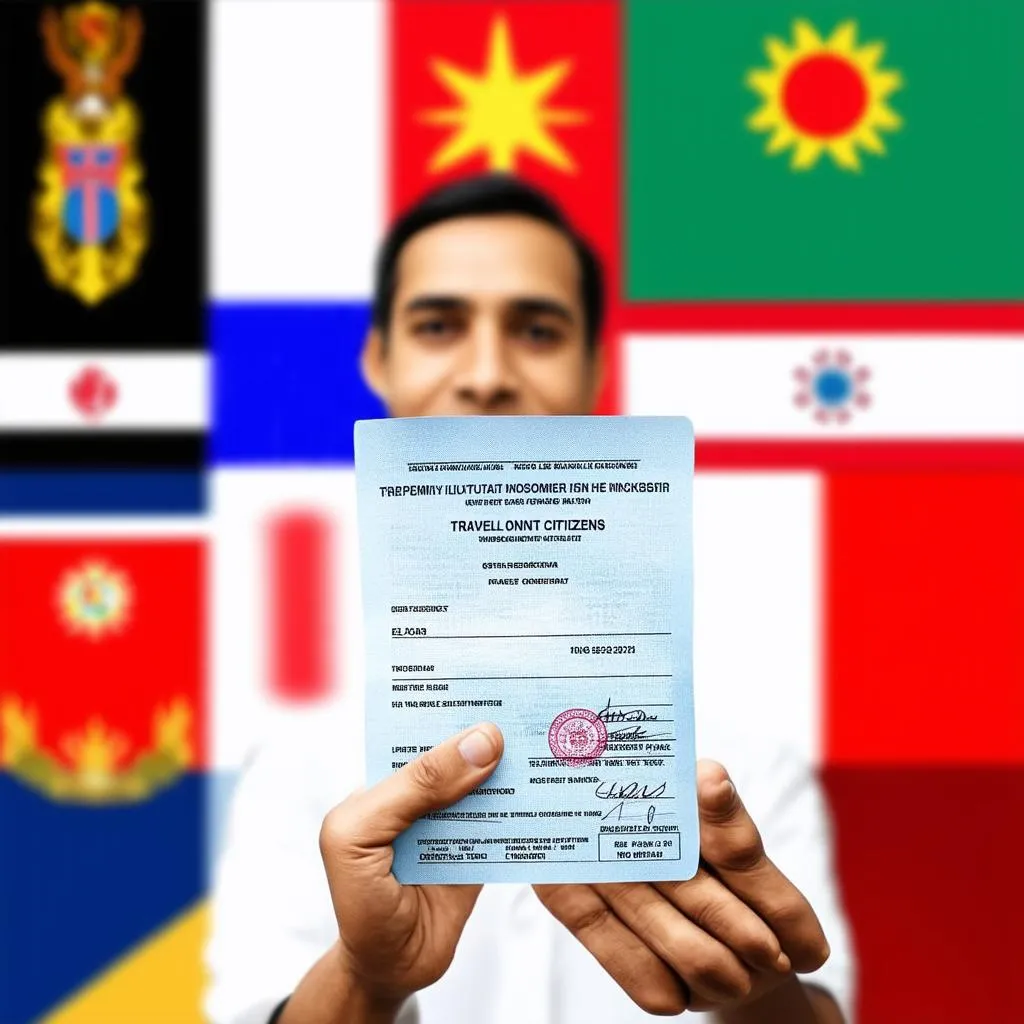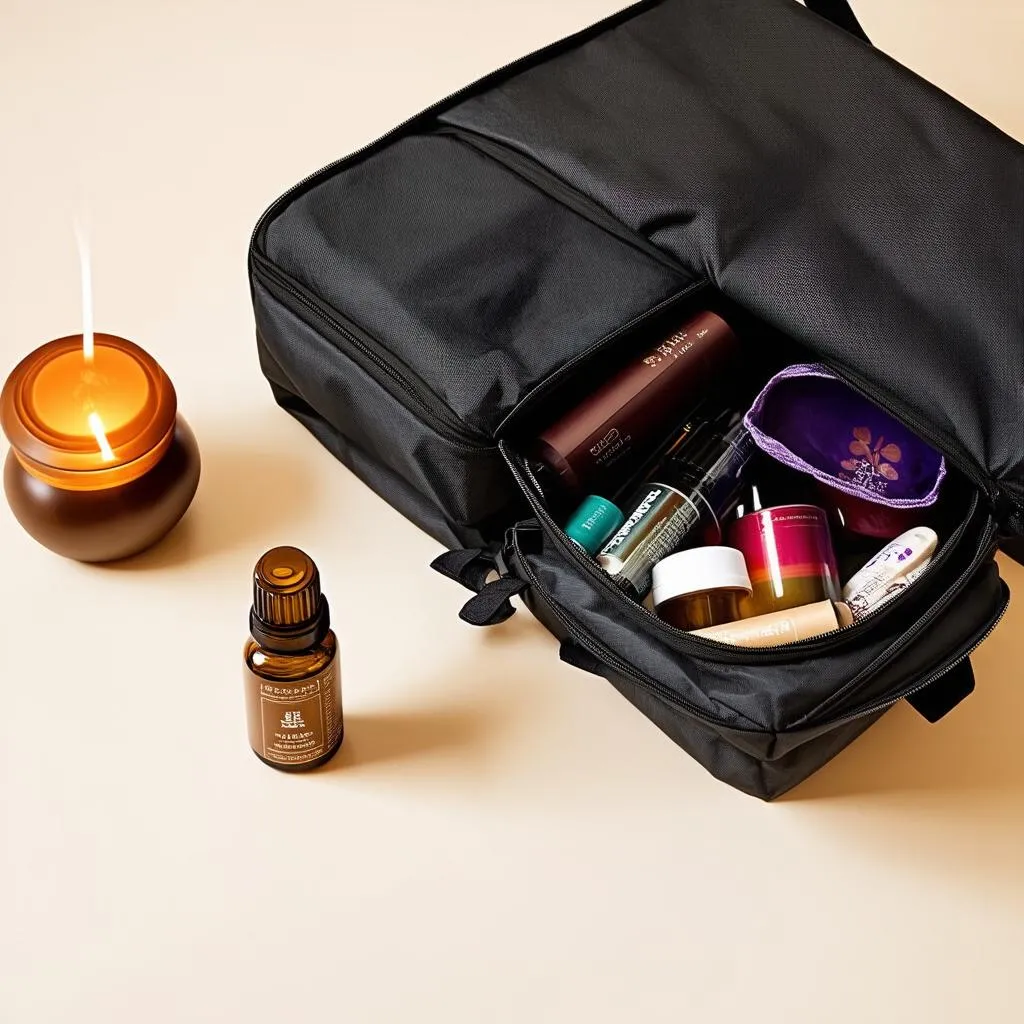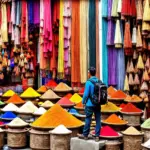Imagine this: You’ve finally reached a safe haven after a long and arduous journey. Now, you’re holding a travel document for non-citizens, a symbol of hope and new beginnings. But what does it mean for your travel aspirations?
This guide is designed to help refugees understand their travel rights and navigate the world with their non-citizen travel documents. We’ll delve into the intricacies of these documents, visa requirements, and provide helpful tips for a smooth and empowering travel experience.
Understanding Your Travel Document
A travel document for non-citizens, often called a “Convention Travel Document,” is an internationally recognized passport-like booklet issued to refugees by the country in which they have sought asylum. It allows for travel outside this host country, opening doors to opportunities for family reunification, education, or even just the chance to explore a new corner of the world.
Types of Travel Documents
While the specifics might vary slightly depending on the issuing country, most travel documents fall under these categories:
- 1951 Convention Travel Document: Issued to individuals recognized as refugees under the 1951 Refugee Convention.
- 1954 Convention Travel Document: Provided to stateless persons under the 1954 Convention relating to the Status of Stateless Persons.
Importance of Understanding Your Document
Before planning any trip, carefully examine your travel document:
- Validity: Ensure your document remains valid for at least six months beyond your intended stay in the destination country. Expired documents can lead to travel disruptions and legal complications.
- Visa Requirements: Just like with a regular passport, holding a travel document for non-citizens usually means applying for visas to enter most countries.
Planning Your Trip: Essential Considerations for Refugees
Planning a trip as a refugee requires meticulous preparation. Here’s a step-by-step guide to streamline the process:
1. Research Visa Requirements
Visa regulations are constantly evolving and can be specific to the type of travel document you hold. Begin by researching visa requirements well in advance of your intended travel dates.
Tip: Contact the embassy or consulate of your destination country for the most up-to-date visa information.
2. Gather Supporting Documents
When applying for a visa, be prepared to provide comprehensive documentation:
- Travel Itinerary: A detailed itinerary outlining your travel plans, including flight bookings, accommodation reservations, and planned activities.
- Proof of Financial Means: Bank statements, credit card statements, or a letter of sponsorship demonstrating your financial capacity to support yourself during the trip.
- Ties to Your Home Country: Documents such as property ownership deeds, employment contracts, or family registration certificates indicating your intention to return to your home country after your trip.
3. Be Transparent and Patient
The visa application process for refugees can be lengthy and may require additional scrutiny. Always be transparent with embassy officials about your refugee status and the purpose of your trip. Provide complete and accurate information, and be patient as your application is processed.
Empowering Your Journey: Travel Tips for Refugees
1. Stay Informed
Stay updated on global travel advisories, particularly for your destination country. Register your trip with your home country’s embassy or consulate, so they can assist you in case of an emergency.
2. Carry Essential Documents
Always carry both your travel document and your refugee identification card with you, even when exploring within the destination country. Keep digital copies of all important documents stored securely online.
3. Embrace Cultural Sensitivity
Familiarize yourself with local customs and traditions in your destination country. Respectful behavior and cultural sensitivity will enrich your travel experience and foster positive interactions.
Seeking Assistance: Resources for Refugee Travellers
Navigating travel as a refugee can feel overwhelming, but you are not alone. Numerous organizations specialize in providing support and guidance to refugees:
- UNHCR (The UN Refugee Agency): The UNHCR offers a wealth of information on travel documents, visa requirements, and other relevant resources for refugees.
- International Rescue Committee (IRC): The IRC provides various support services to refugees, including assistance with travel documentation and legal aid.
 Refugee holding a travel document
Refugee holding a travel document
Finding Harmony in Travel: A Feng Shui Perspective
In Feng Shui, travel represents growth, expansion, and the flow of positive energy. Before embarking on your journey, consider these Feng Shui tips:
- Pack Intentionally: Choose luggage in colors that promote harmony and good fortune, such as red for luck or green for growth.
- Create a Tranquil Travel Space: Use essential oils like lavender or chamomile to create a calming and peaceful atmosphere in your travel environment.
 Essential oils and a travel bag
Essential oils and a travel bag
Conclusion
While navigating the world with a travel document for non-citizens may present unique challenges, it also unlocks a world of possibilities. Embrace the journey, stay informed, and seek support when needed.
Remember, travel is not just about reaching a destination; it’s about embracing new experiences, connecting with different cultures, and enriching your perspective on the world.
Do you have any questions about traveling as a refugee with a document for non-citizens? Share your thoughts and experiences in the comments below. For more travel tips and resources, explore the wealth of information available on TRAVELCAR.edu.vn.
